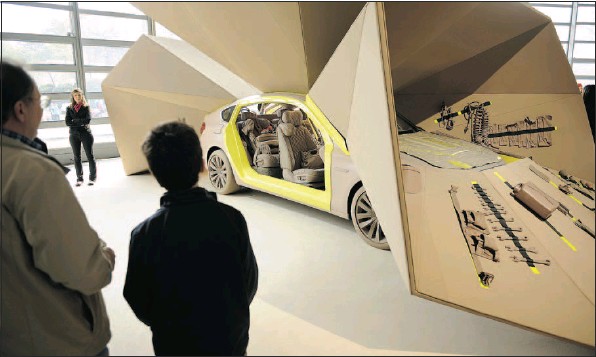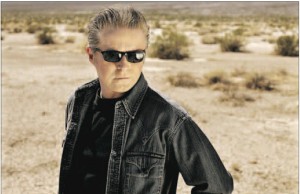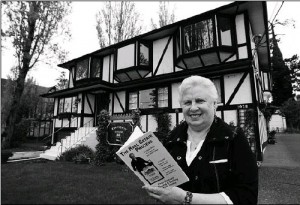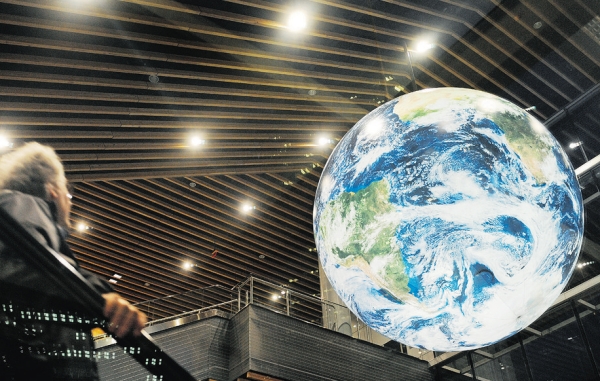Sun

Blending their creative and technological expertise, the German carmaker BMW and the Danish textile manufacturer Kvadrat and Flos collaborated to create a unique sculpture called “ The Dwelling Lab”.
German carmaker BMW and the Danish textile manufacturer Kvadrat and Flos have collaborated in commissioning a unique sculpture called “The Dwelling Lab”.
The resulting auto-art was produced by Patricia Urquiola, award-winning Spanish designer and architect, creator of what has been described as sensual and compelling furniture, and Giulio Ridolfo, a distinguished Italian designer and colour expert with a strong background in design, fashion and accessories.
The BMW 5 Series Gran Turismo, designed by the team of BMW Group Design Director Adrian van Hooydonk, brought together elements that are part sedan, part sport activity vehicle, part coupe for the exterior design, while creating an interior that is intended to be as luxurious as it is modern and functional. Urquiola and Ridolfo then translated this concept into a design sculpture featuring huge cone-like structures that seem to be growing out of the car’s body, drawing the viewer inward just as they reveal the usually sealed-off interior to the outside gaze. Urquiola describes her inspiration for the design: “Usually we perceive cars from the outside, and then the inside follows. However, our direct interaction is with the inside: it is the core that protects and comforts us, the space in direct contact with our bodies and our functions and needs in the process of travelling. I investigated this interface and tried to understand the possible evolution as a softer, dwelling experience.”
The colour concept for the four geometrical structures -frames with stretched fabric by Kvadrat -was created by Giulio Ridolfo. They seem to grow out of the car’s body like huge loudspeakers, beckoning onlookers to come closer and peer inside. For Giulio Ridolfo colour is more than a “colourful” selection -neither random nor simply decoration -but, rather, a form of applied art. After he selects a tone, he examines many similar shades until he has narrowed it down to one.
He explained further: ‘To enhance the spirit of the BMW 5 Series Gran Turismo, we have integrated several unexpected details and accessories to create sensory experience and a mood of leisure and gentle surprise. Textile is the fundamental material: the geometrical cones are coated with 700 metres of Kvadrat’s “Max” in an special designed colour, and the car’s interior are upholstered with various other Kvadrat fabrics.’
The design installation “The Dwelling Lab” is on show at the shared Kvadrat / Flos Showroom, in Milan.
© Copyright (c) The Vancouver Sun






